Up until about nine months ago, I was exclusively a DSLR shooter – my photographic journey started with a consumer Nikon APS-C (D5100 in 2010) and topped out at a D750, which I still shoot. I had some of my photos printed onto aluminum at 11×17 and they were perfectly suitable for decorating my home or giving as gifts printed at that size. I saw no real benefit in spending more money for some more pixels and modes I wouldn’t use to their fullest extent.
A few examples:
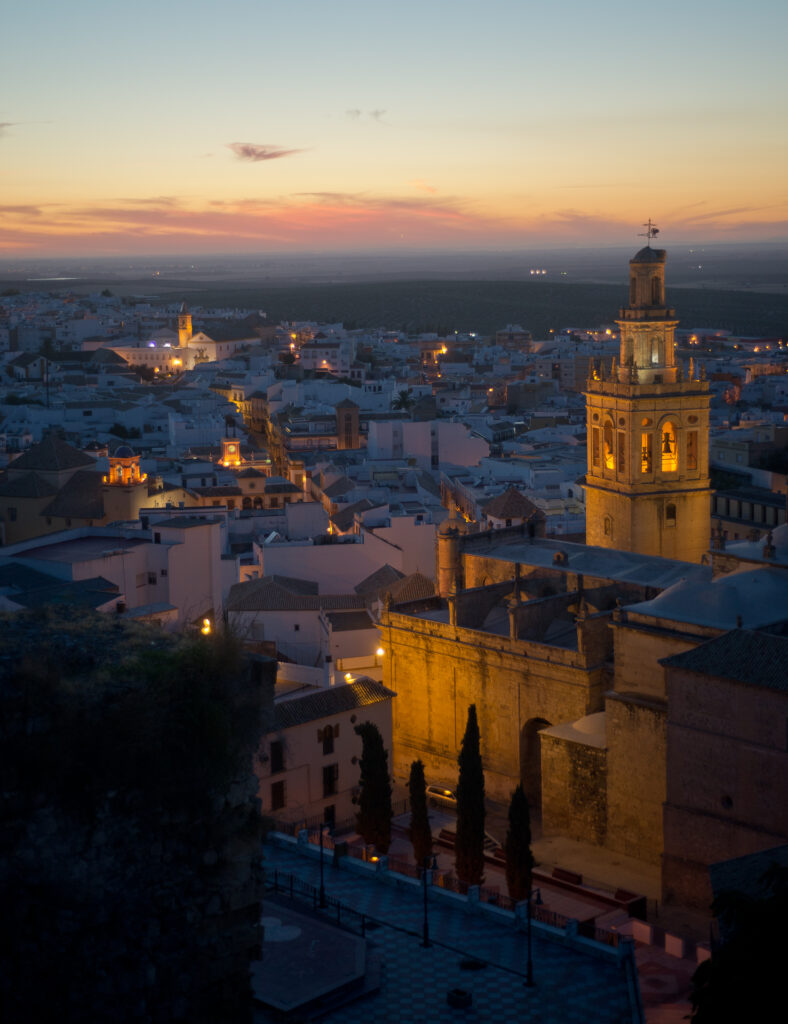
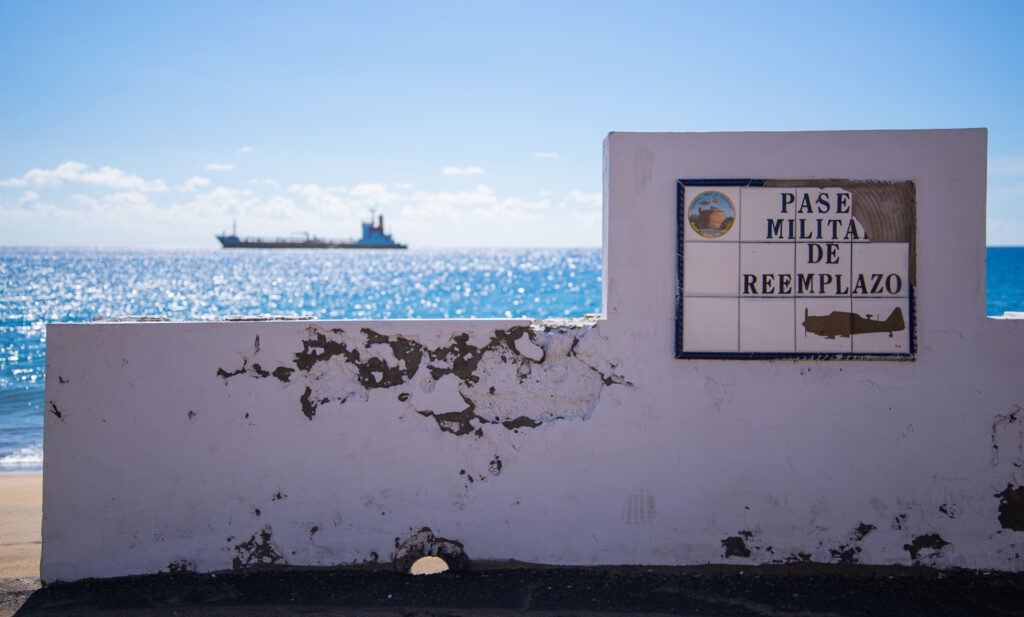
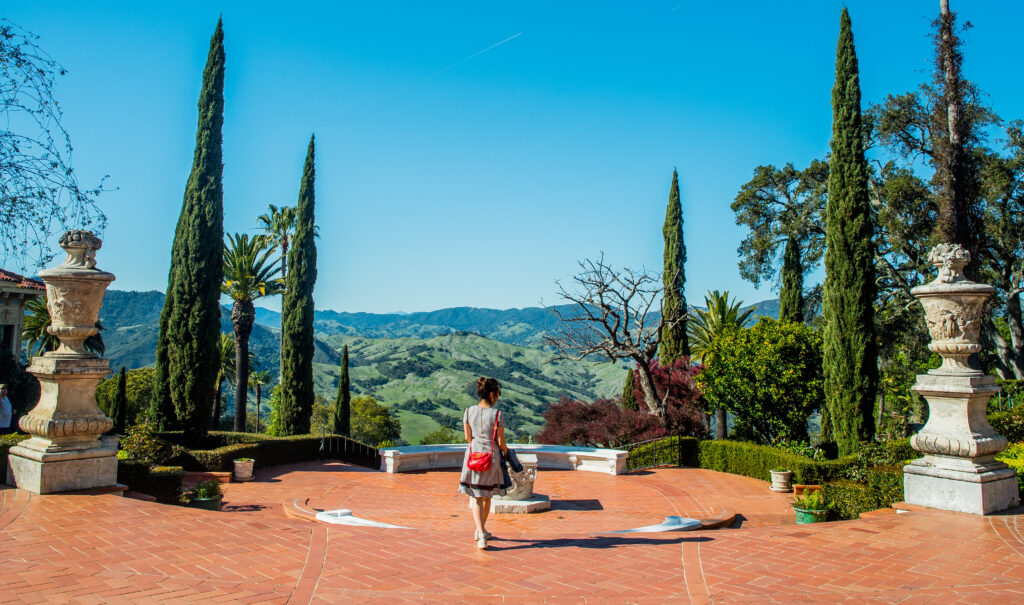
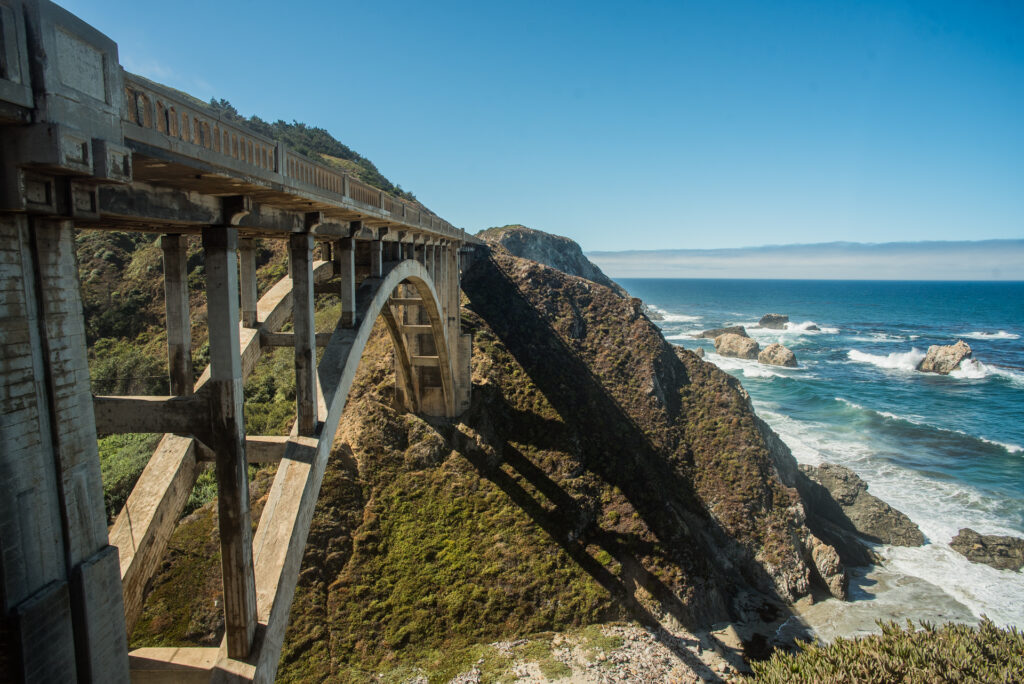
Part of my initial attraction to Nikon was the wide availability of lenses with the F-mount system. Canon, the only alternative I contemplated at the time, had conducted their lens modernization, which meant there was no comparable used market for cheap, high-quality lenses that work on modern cameras. It also meant that any Canon legacy lenses I did buy effectively had no future (note – today, I feel differently about this, after getting into film – but that was my logic at the time)
I took note of mirrorless technology as it emerged but saw no distinct advantage over my mid-range DSLR. That and buying into a new lens family gave me pause (again, I may re-evaluate this when it comes time to get a new digital camera).
So, after over 13 years of DSLR shooting, I had assembled a reasonable collection of Nikon F-mount lenses. I found myself attracted to the 1970s vintage AI-S primes from the very beginning, at first due to cost and availability (like many – I was a poor college student), but soon after due to their aesthetic and function. The feel of setting aperture and pulling focus on an AI-S is quite a different experience from doing the same on a gritty-grindy plastic lens like the modern Nikon family.
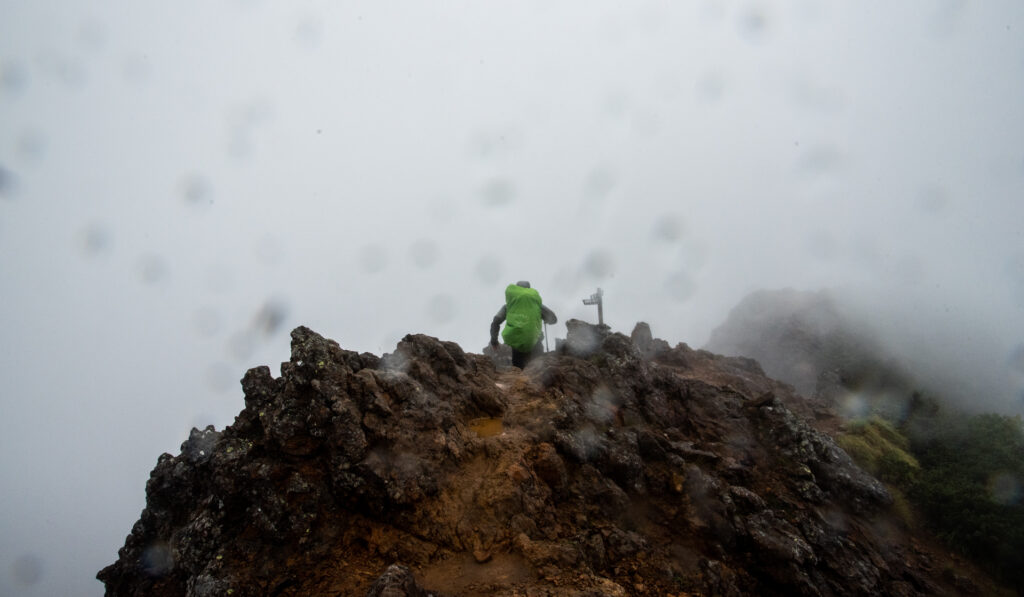
For wet/sandy/inhospitable conditions, I use a more modern 24-85 mid zoom (because they are cheap – I have destroyed two of these and wasn’t heartbroken – if I ruined a classic prime lens, I’d be upset). That was about it. Nothing else was interesting.
In fact, very little about photography remained interesting.
I found that during my last big trip to climb Mt Fuji, my digital shots felt workmanlike – I shot for coverage, and less with any sort of artistic intent.
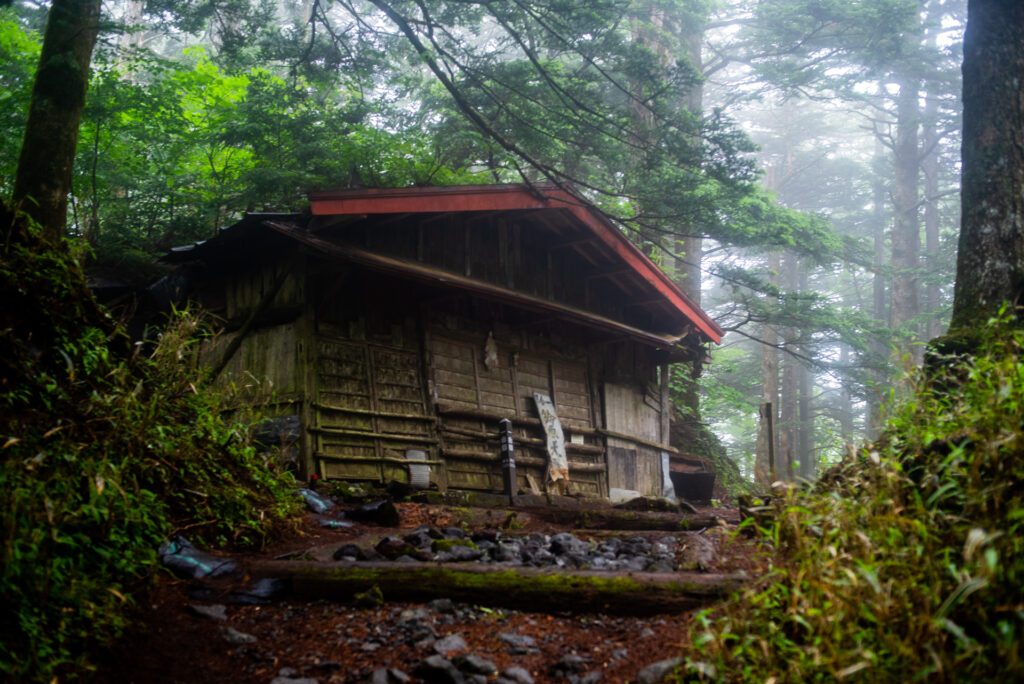
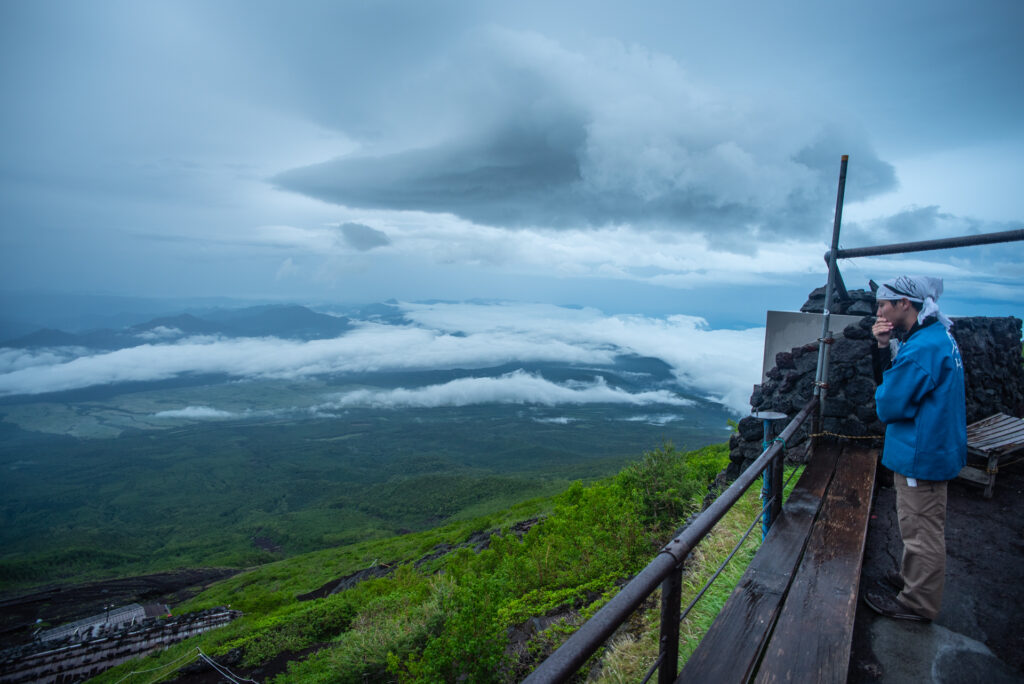
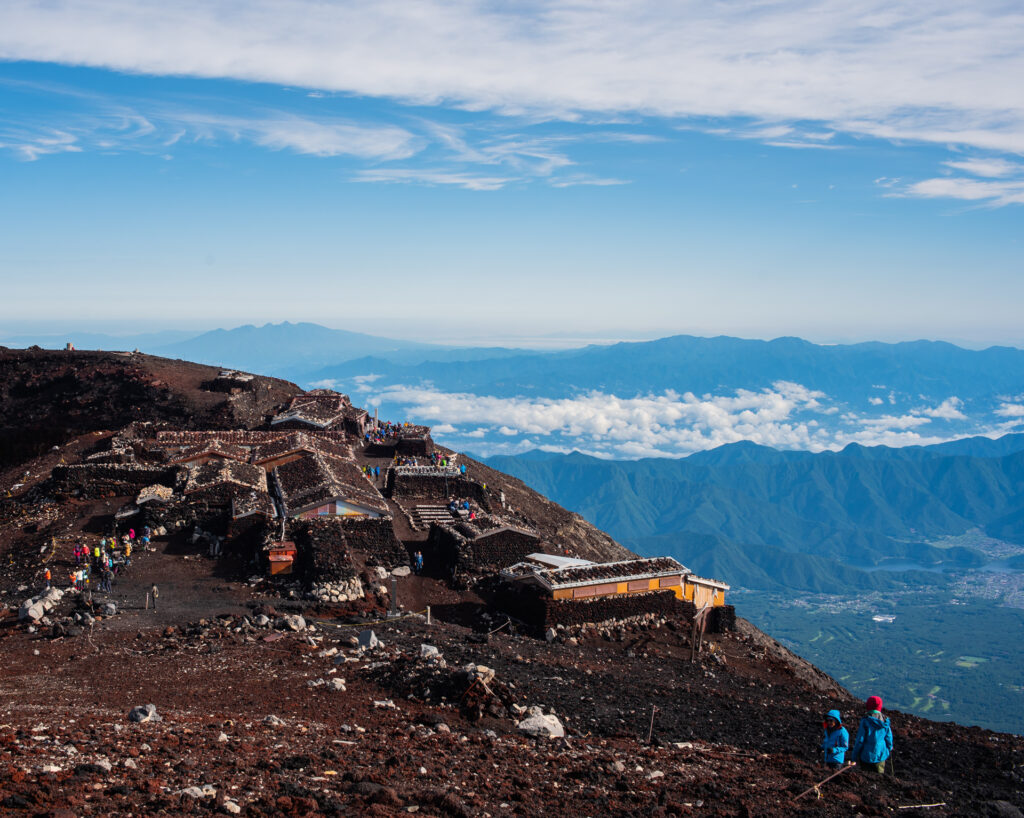
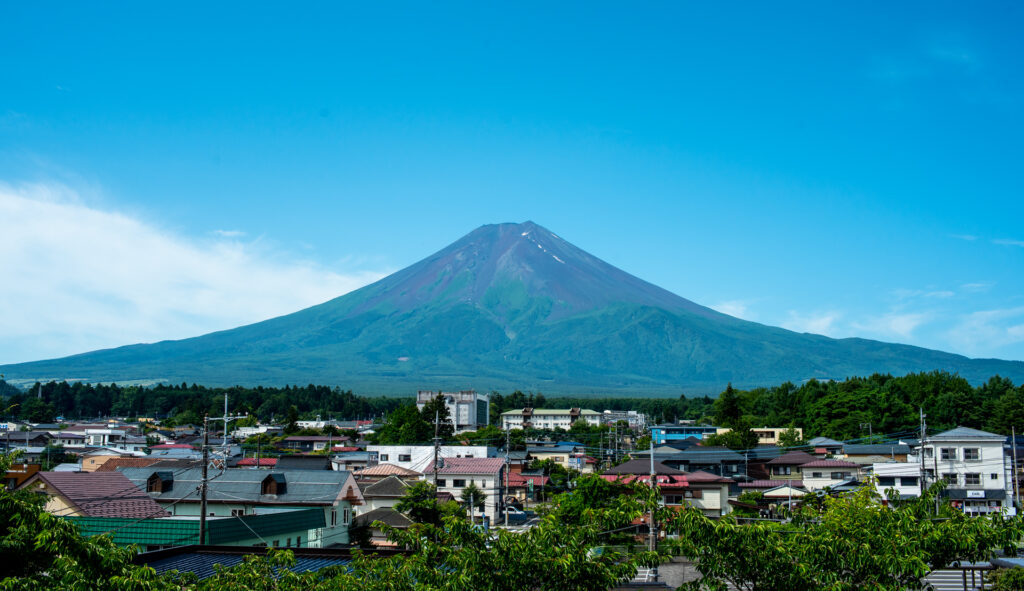
My whole digital life (as an active photographer from 2010-present) film was always out there in the background as something “hardcore” photographers used. I was curious, but always dismissed shooting film myself – “it’s too expensive”, “I like shooting without restrictions”, etc. etc. As any of us would quickly accept, yes, there’s a reason digital took precedence over film.
But.
My brother and I went on a kayaking trip in the Smoky Mountains. I brought my D750 and my favorite prime duo (20 and 40mm). My brother brought a camera I had never heard of – a 35mm “point and shoot”. My conception of point-and-shoots was of the junky early digital kind. As a DSLR shooter I looked down my prismatic nose at them.
But the story is entirely different with film. It turned out the point and shoot I had never heard of was a Contax TVSii, which he purchased before it blew up in price.
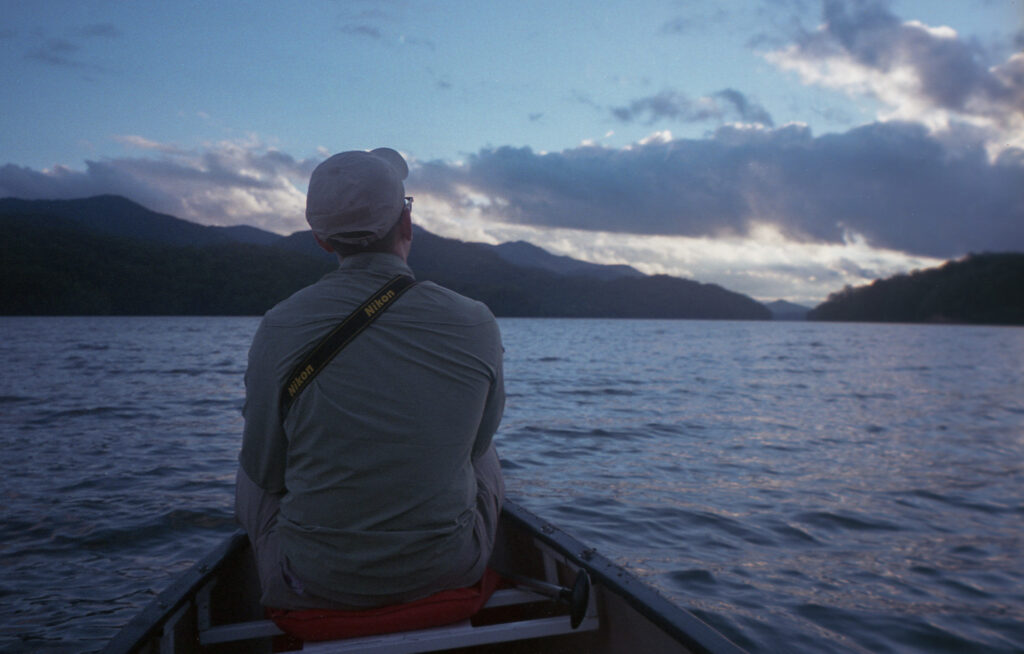
After he sent me his scans of the photos I realized how wrong I was. A quality film point and shoot was not disposable plastic trash. It was actually a precision instrument, the product of 40 years of ruthless, pragmatic iteration, an artifact from the peak of a mature technology tree. I learned they often work incredibly well, even 20-30 years later.
I know this is not news to readers of this site, but it was an epiphany for me, and changed my view entirely. I have always been something of a Luddite, so this and the general emptiness I felt shooting digital for more than a decade meant I had to give film a try.
After a short research period (thank you to the writers on this site!), a well-timed business trip took me to Tokyo, where I was able to peruse the many used camera stores near Shinjuku station.
I knew what I wanted. The distinguished steel patriarch to the plasticky menu-laden grandsons I was familiar with. I wanted a Nikon F2.
Shopping for cameras in Tokyo is quite an experience – if I didn’t know exactly what I wanted, it would not have gone well (as in, I’d have bought a bunch of stuff).
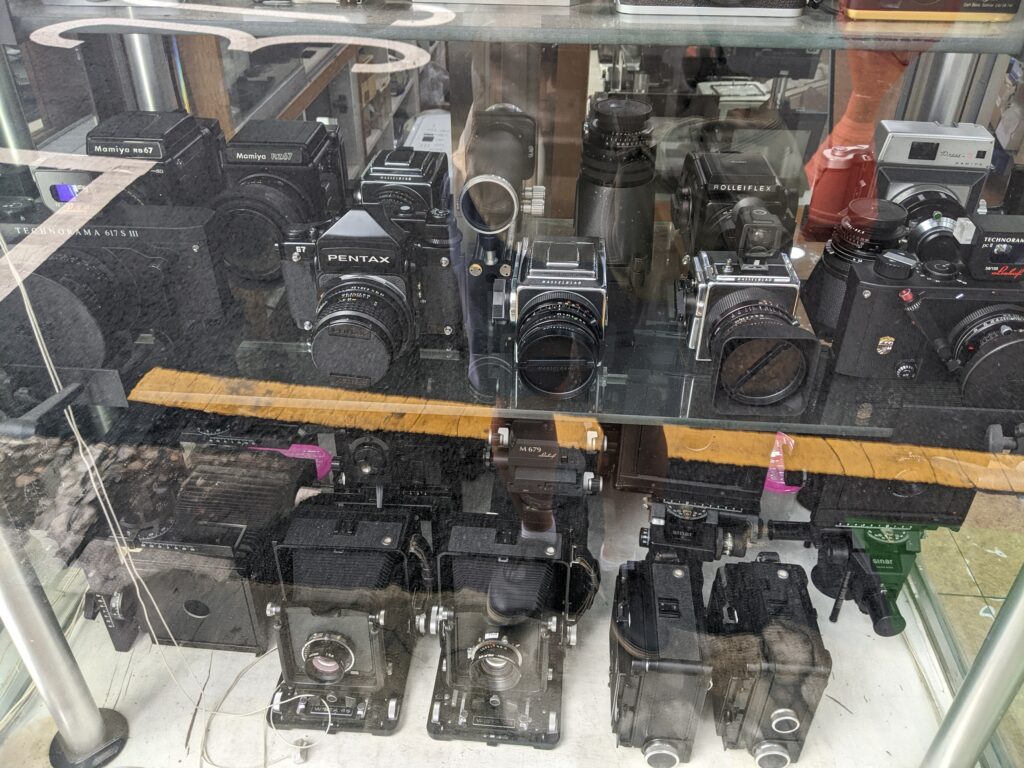
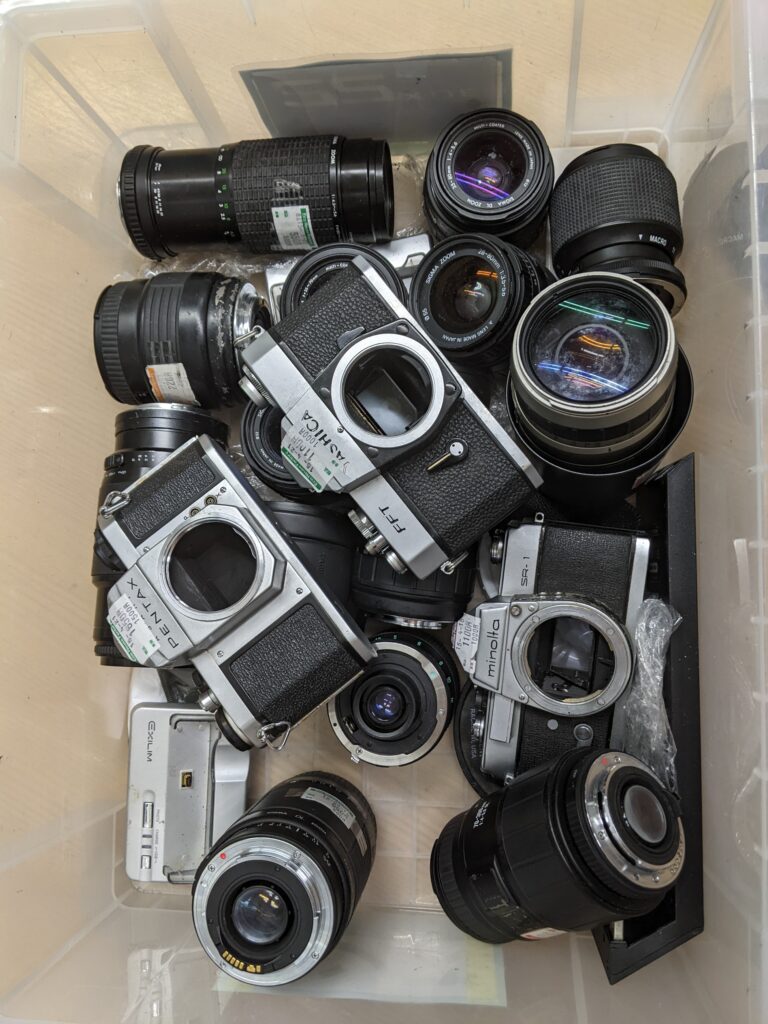
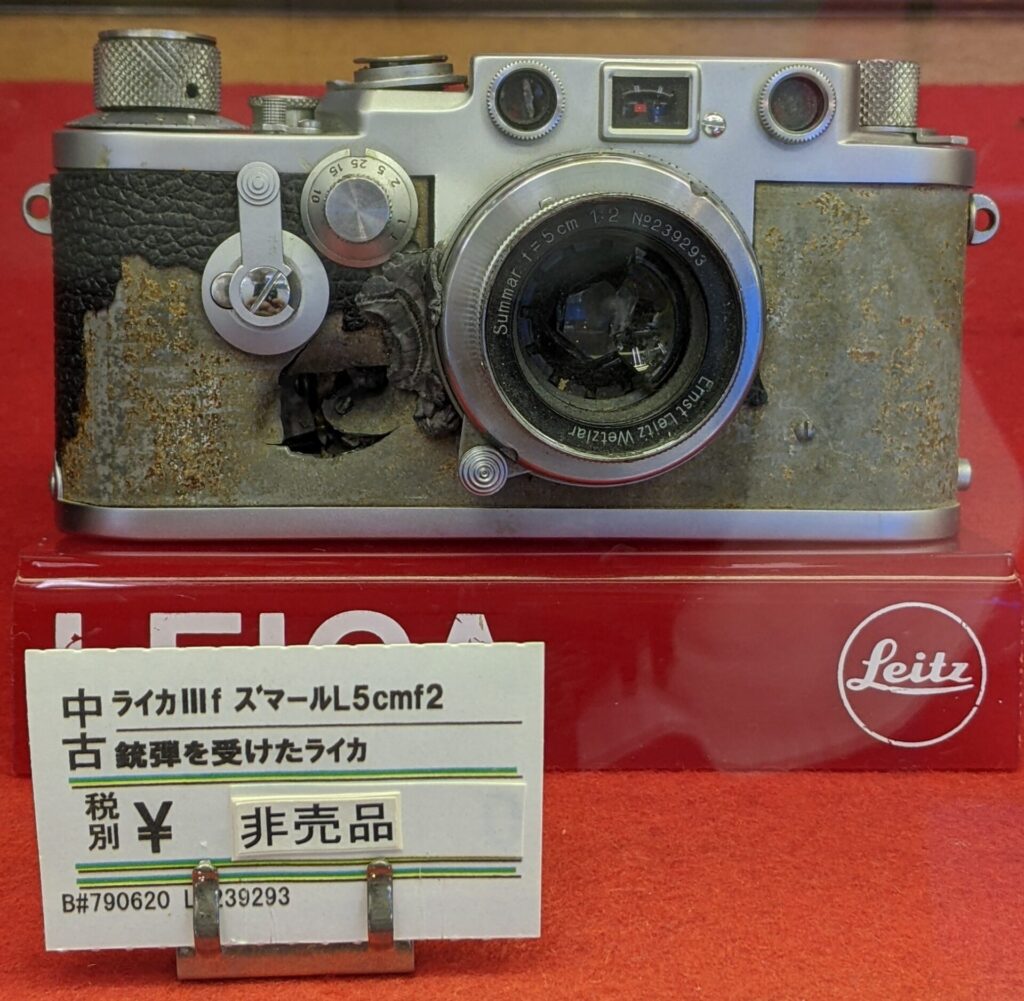
I found a mid-grade F2 with the needle meter finder (DP-1) for about $150. It was instantly familiar in my hands and compatible with the majority of my lens collection (and more – for years I had a 135mm 2.8 Nikkor that was pre-AI. I had bought that lens with the intent to convert it, but never got around to it. Now it shoots great!).
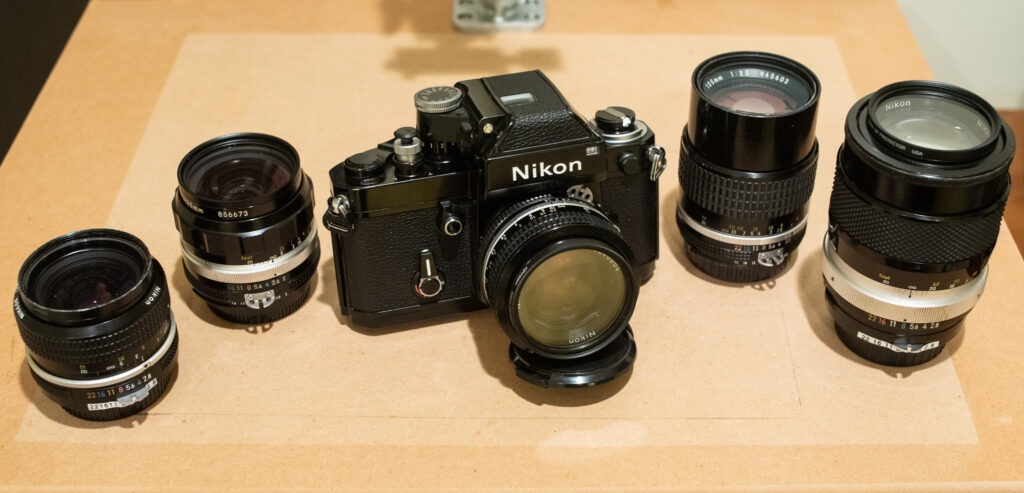
The Nikon F2 with 50mm f1.4, flanked by my favorite “cover all the bases” primes – 28mm f2.8, 35mm f2, 105mm f2.5, and 135mm f2.8
The advance lever moves with authority. No up/down play or fidgeting. The dials click and hold well. The viewfinder is bright, wide open, and I found the central ground-glass alignment intuitive and superior in experience (if not speed) to my DSLR. This was a precision instrument. The spring mechanisms somehow keep reasonably accurate time, from 1/2000 to 4 seconds with the turn of a dial, fifty years after hand-assembly in the 1970s.
This is incredible, awe-inspiring technology. How many iPhones will function in 50 years?
Then came film. I considered ordering film online, but impatience won out. Okinawa is an island, quite far from Amazon distribution depots – no such thing as 2-day shipping here. I had a new camera, and a week and a half was too long to wait. I would buy film from one of the four locations on Okinawa where it’s sold.
Then I considered the next part of the film process – development. The nearest photo lab to where I live on Okinawa is about 45 minutes away, and charges about $8 per roll. They also, as a rule, do not push or pull process. This was a problem – I expected to have to push 2-3 stops fairly often when shooting black and white hand-held. As I considered these issues, I resolved to shoot black and white, because I could develop at home at low cost. But this meant going shopping.
Part of me could already sense this hobby spiraling (but not out of control, I hoped).
So before I had ever released the shutter a single time on my patiently waiting F2, I was in for a Paterson tank, developer, fixer, plastic beakers, a changing bag… But I held off on ordering film. I was willing to wait for the development equipment, but I wanted to shoot the day I got back.
That’s fine, I thought. I’m sure they’ll have a good selection of film to support the 1.5 million people on the island.
This was the film shelf:
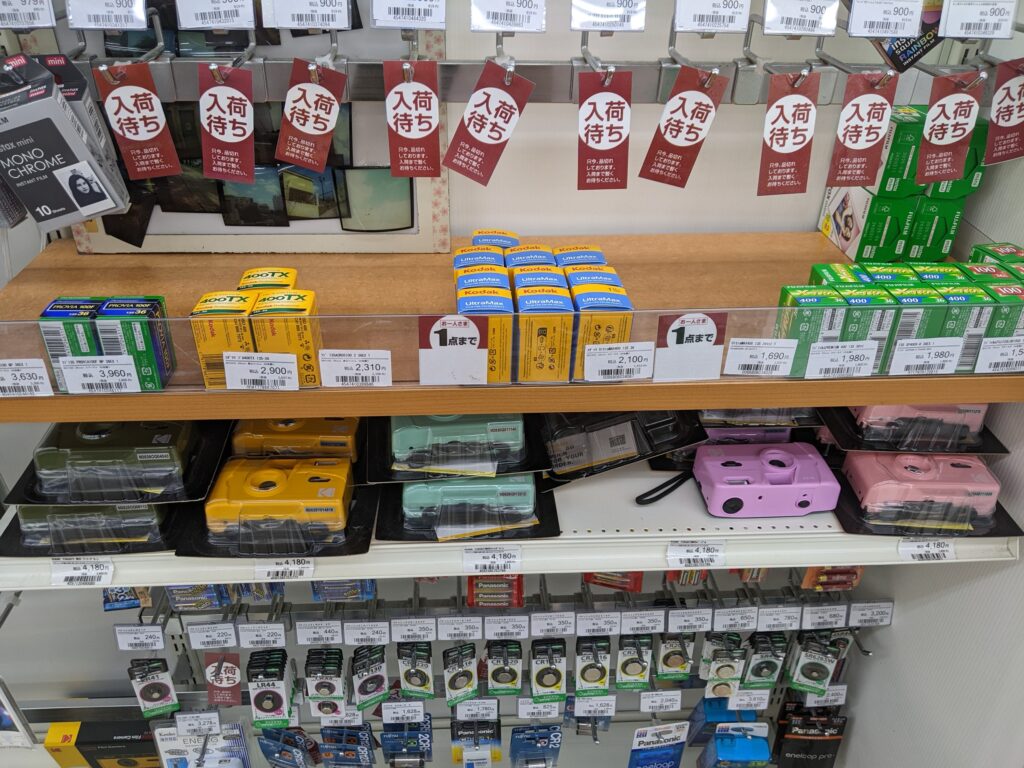
Four color stocks, one B&W. Tri-X was a little pricey ($20!), so I tried another store (another half hour away). There, I finally succeeded in finding cheaper black and white film (Fuji Acros II).
I grabbed all four rolls of Acros on the shelf and went to the counter. The gentleman politely stopped me and explained. The “1” symbol on the shelf pictured above means one roll per visit. One roll.
So much for stocking up. But that was fine – one roll would enough to start.
It was finally time to shoot. Results of the first roll and first development in Part II next week.
To see more of my work (mostly digital – but the analog portion is growing!) visit my website:
https://ourbriefsojourn.substack.com/
Share this post:
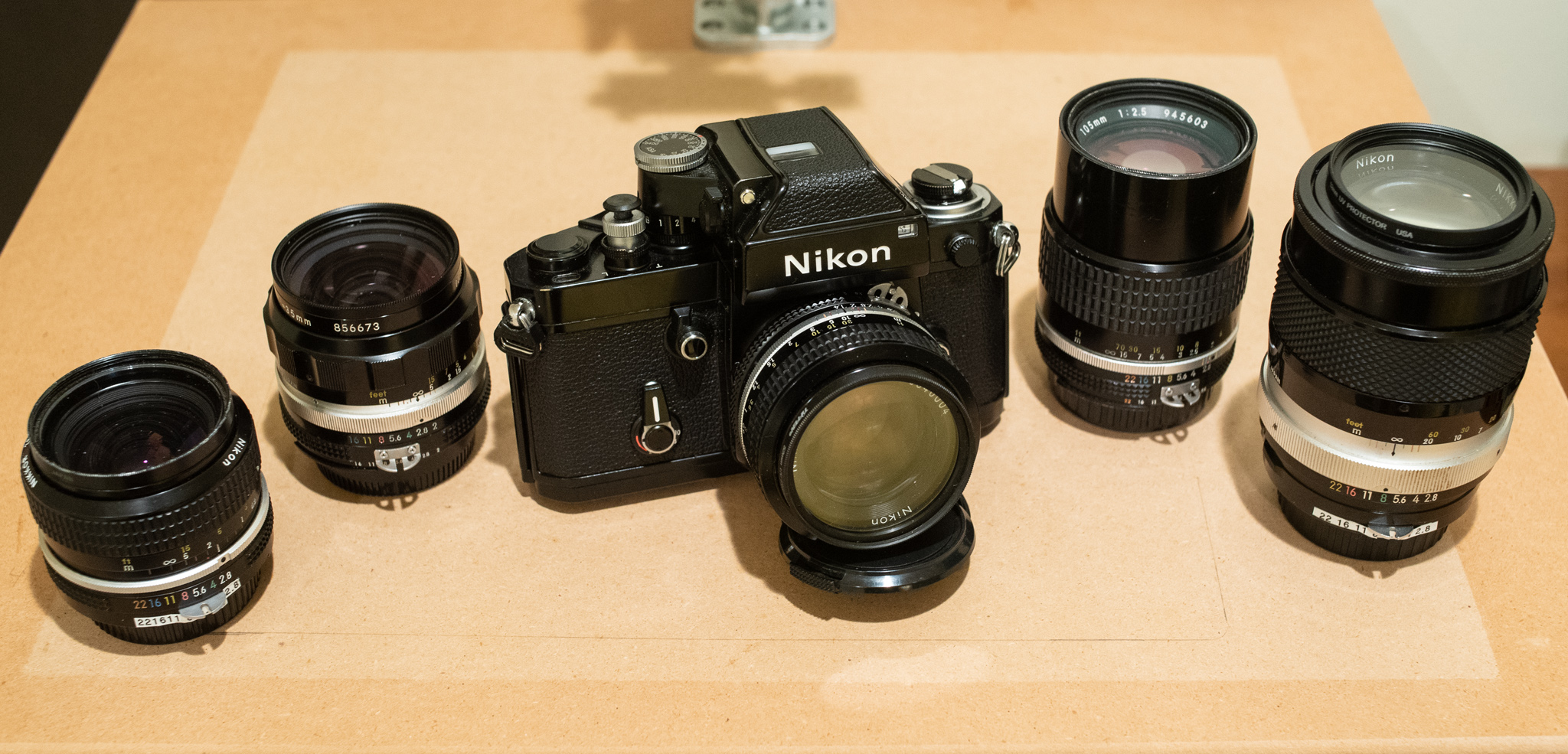
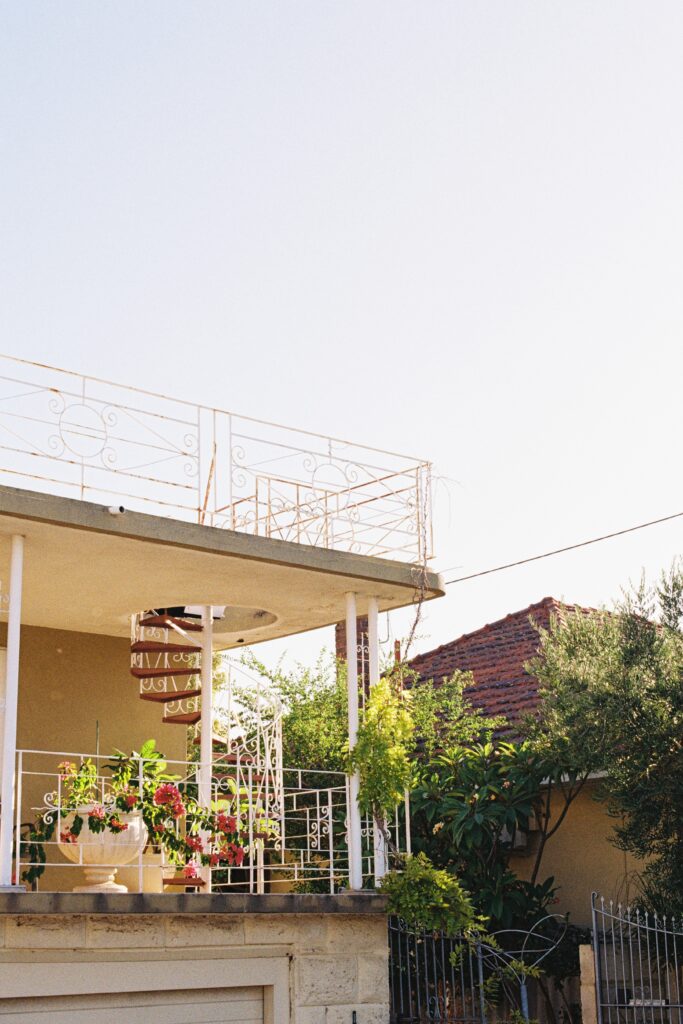
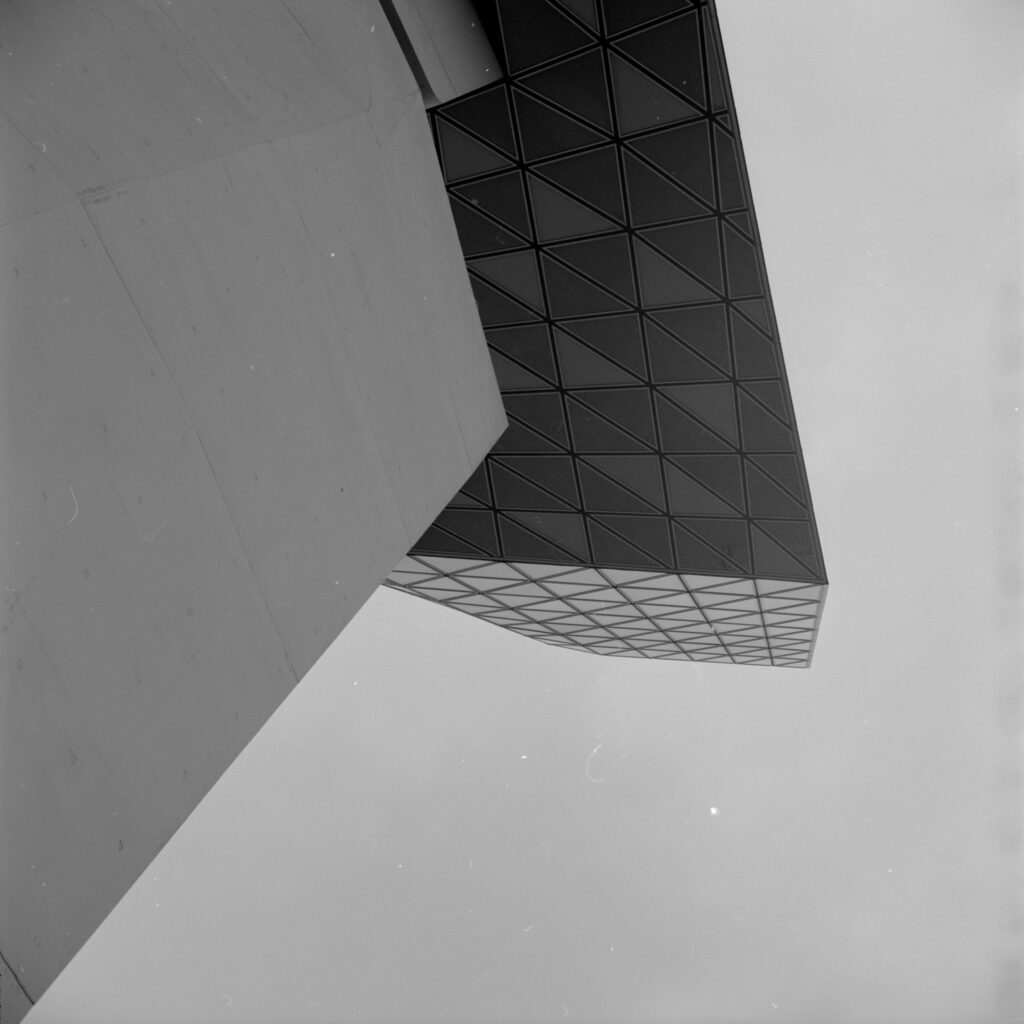
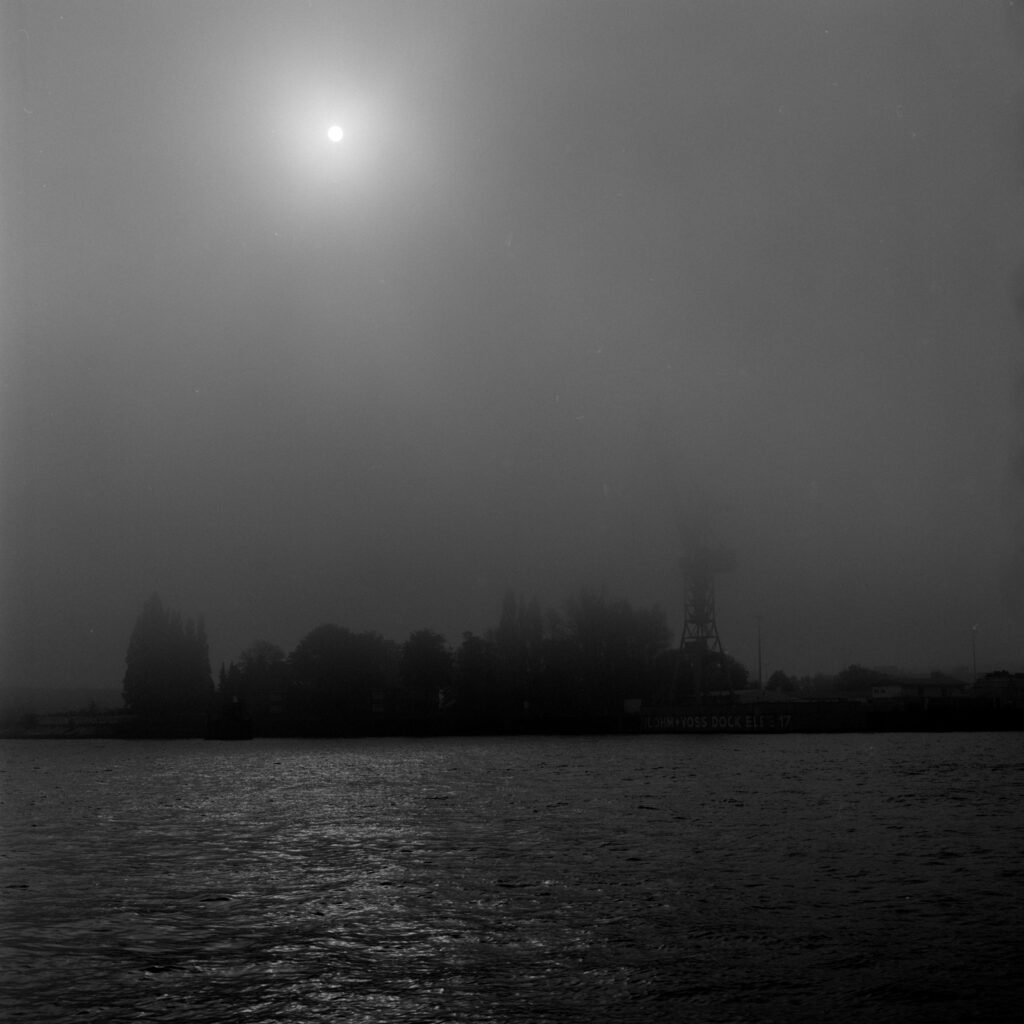
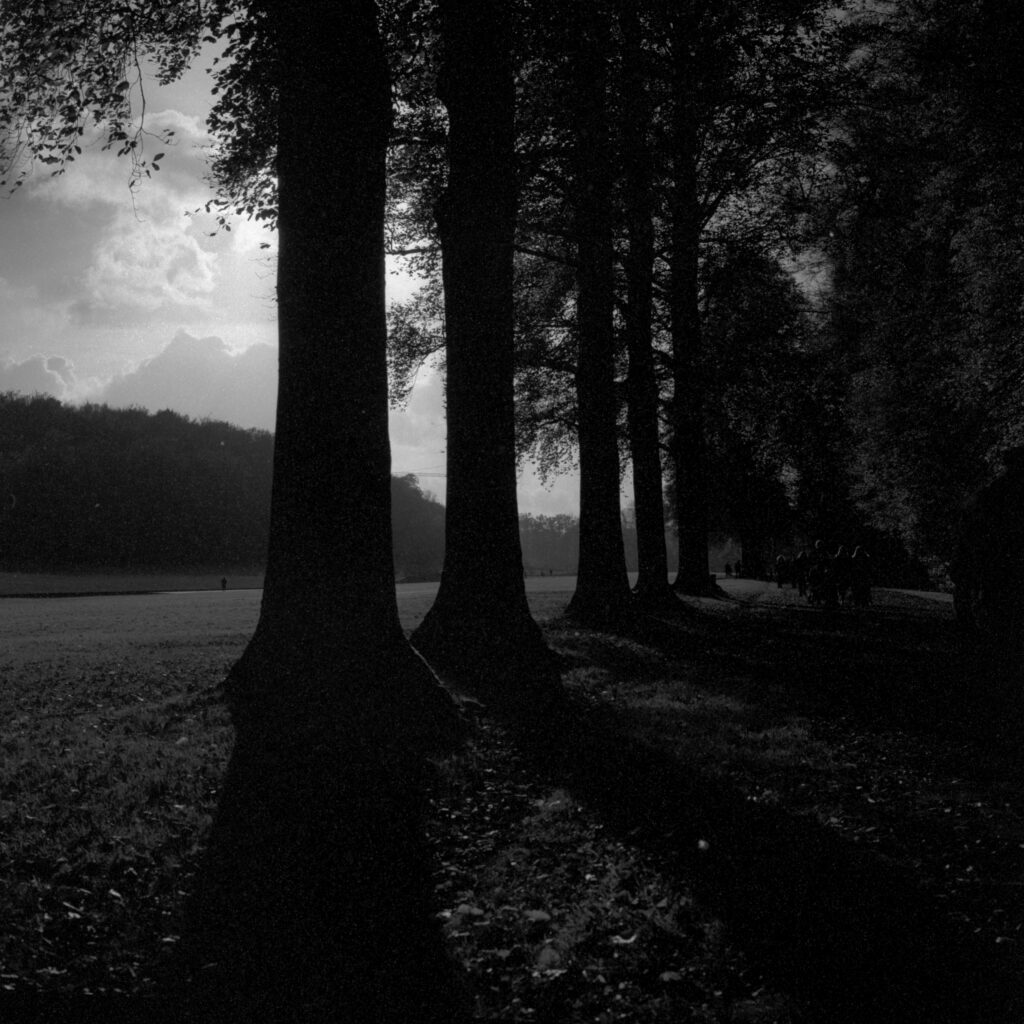




Comments
Julian Tanase on Going Analog on Okinawa – Part I – The Decision
Comment posted: 04/04/2024
Comment posted: 04/04/2024
Julian Tanase on Going Analog on Okinawa – Part I – The Decision
Comment posted: 04/04/2024
Paul Quellin on Going Analog on Okinawa – Part I – The Decision
Comment posted: 04/04/2024
Comment posted: 04/04/2024
JC on Going Analog on Okinawa – Part I – The Decision
Comment posted: 04/04/2024
Please shoot the F2 instead of these boring D cameras.
The best shot from the pics above IS the one shot with the Contax TVS, for my opinion.
So many nice working analogue cameras in the market !
Today i took some shots with a Ricoh KR-10X and SMC-M 50mm f1.4 (lots of fun yet).
Comment posted: 04/04/2024
Gary Smith on Going Analog on Okinawa – Part I – The Decision
Comment posted: 04/04/2024
Comment posted: 04/04/2024
David James on Going Analog on Okinawa – Part I – The Decision
Comment posted: 04/04/2024
Comment posted: 04/04/2024
Geoff Chaplin on Going Analog on Okinawa – Part I – The Decision
Comment posted: 05/04/2024
Comment posted: 05/04/2024